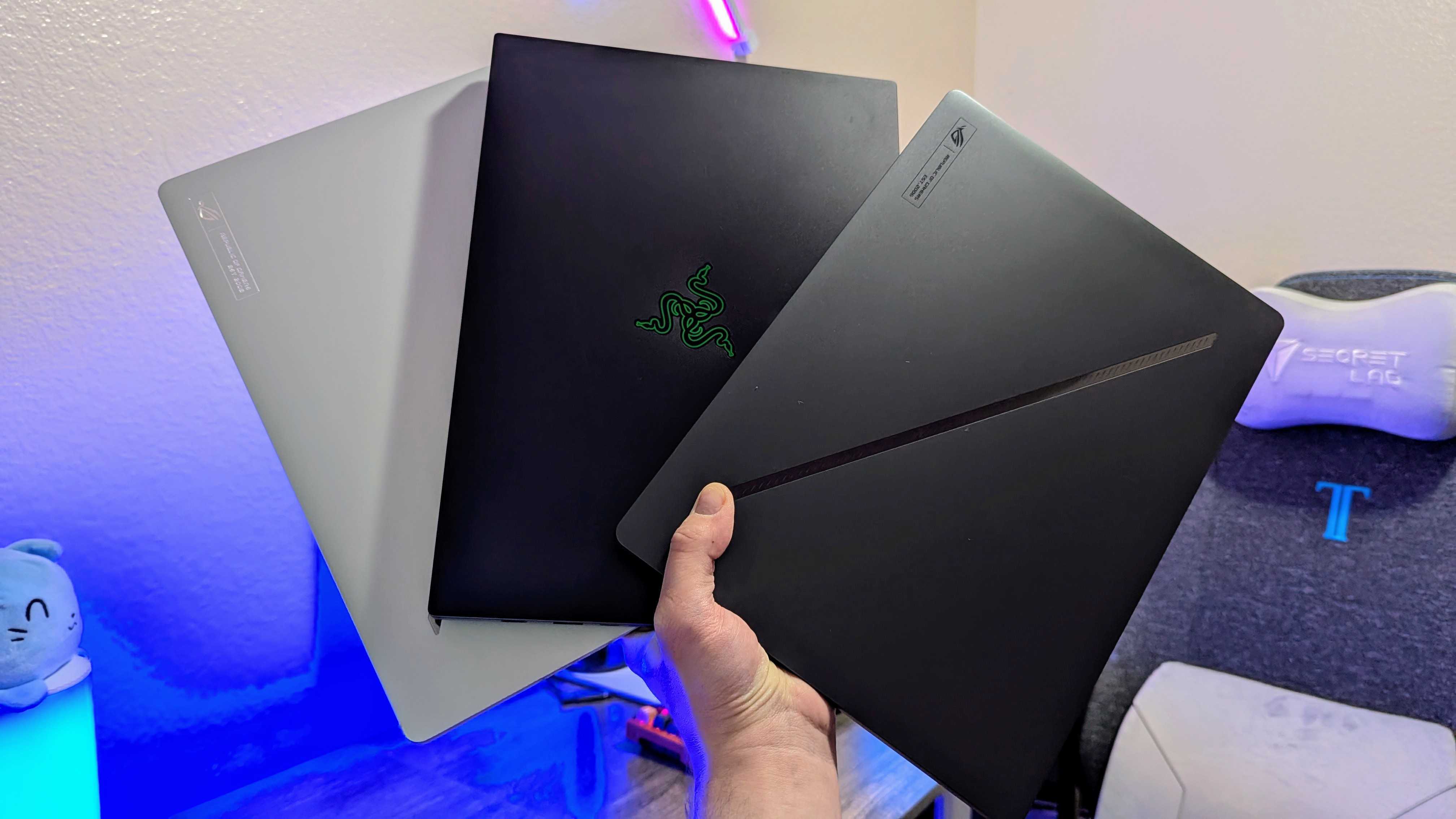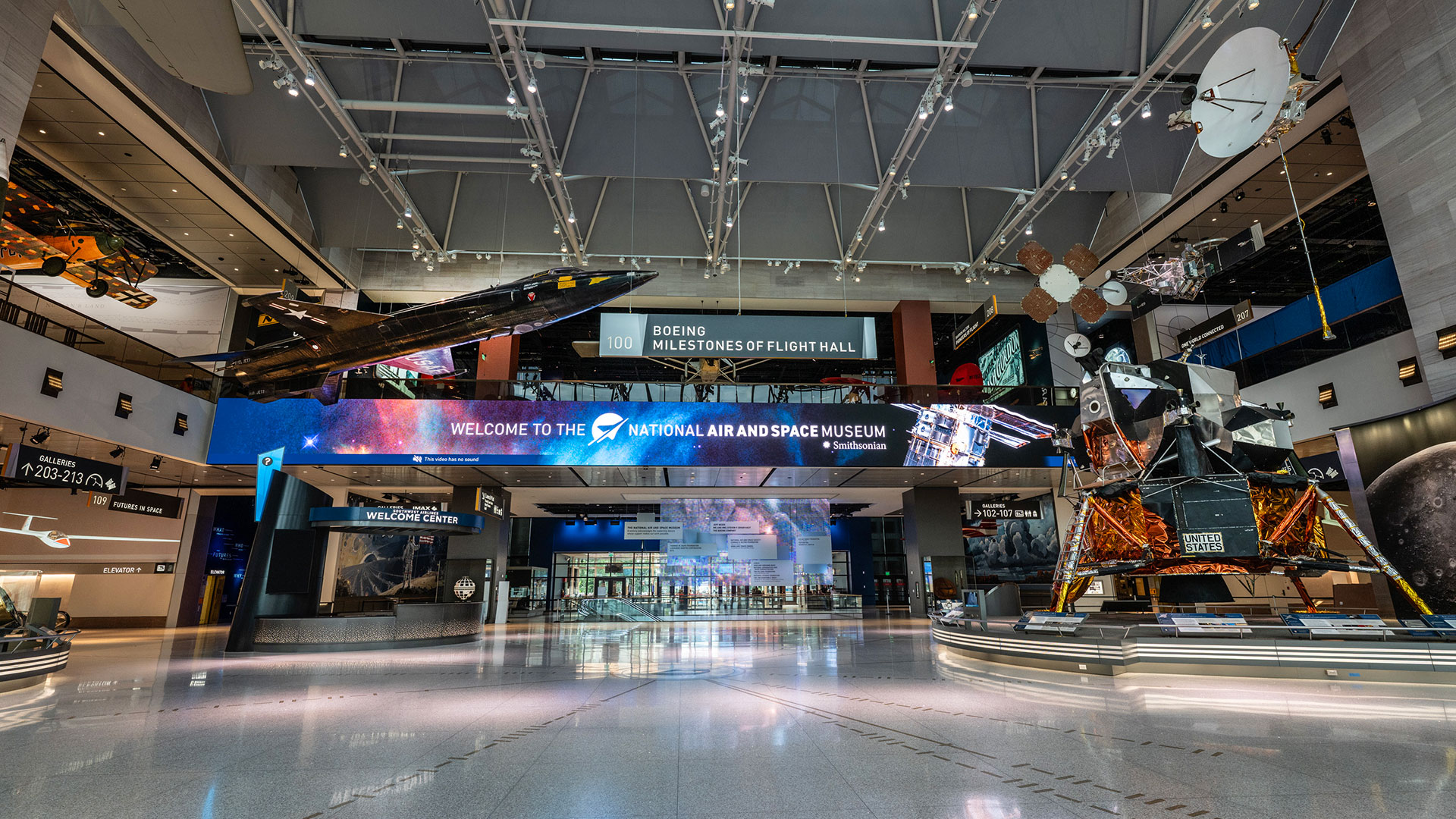Star Wars creator George Lucas was greeted by huge queues, chants of his name and a standing ovation at his first appearance at Comic-Con International in San Diego yesterday. But he wasn’t there to talk about Star Wars or Indiana Jones. The panel was dedicated entirely the long-awaited Lucas Museum of Narrative Art.
Lucas appeared alongside rapper-actress Queen Latifah, filmmaker Guillermo del Toro and the film designer and artist Doug Chiang to provide a first look at what will be inside the LA museum. He also made an impassioned argument for the project’s objective: to cement the validity of comic book art as a form of expression (for your own work, see our guides to the best digital art software and the best drawing tablets).
Over a decade in the making, the Lucas Museum of Narrative Art is expected to finally open in 2026. The building is almost complete, comprising 1,500 fiberglass-reinforced polymer (FRP) panels, cloud-like massing and deep cantilevers, standing out dramatically in Los Angeles’ Exposition Park. The architects MAD opted for an amorphous fluid design that’s completely free from right angles. The infinite curves are intended to reflect the continuous nature of storytelling.
At Comic-Con, a video presentation narrated by Samuel L. Jackson revealed some of what will be inside the space – much of it from Lucas’s own collection. There will be work by artists such as Norman Rockwell, Frank Frazetta, Jack Kirby, R. Crumb, Moebius, Brian Bolland and Hellboy creator Mike Mignola.
There’s a Flash Gordon character drawing from 1934, an original drawing of the Iron Man No. 1 cover from 1968 and original Peanuts sketches from the 1950s and ‘60s. Art by Norman Rockwell, N.C. Wyeth and Frieda Kahlo also appeared in the video.
There will be plenty for film fans too. The museum will host concept and storyboard art from Star Wars and Raiders of the Lost Ark by Ralph McQuarrie and Jim Steranko, plus props of starships and speeders from Star Wars movies.
What’s most exciting about the museum is that it treats comic book art a serious art for the first time on this scale. “This is a temple to the people’s art,” Lucas said of the museum. He spoke of how he began collecting art as a student but could only afford comic book art. He now has around 40,000 works.
Chiang said the museum was intended to give comic art its rightful recognition. “It’s not taken seriously,” he said, noting that when he was young he was told he would outgrow his interest. “I’m so glad I didn’t,” going on to note that in comic art, “story comes first. Art comes second.”
For inspiration in the meantime, see our features on Superman artists and Fantastic Four artists.


